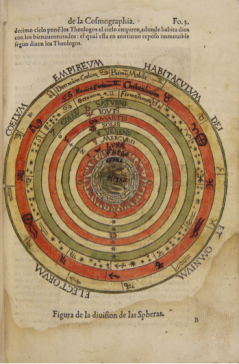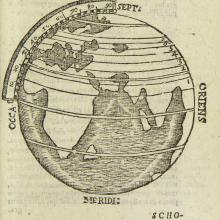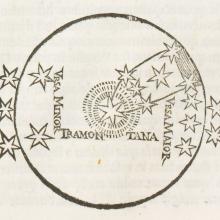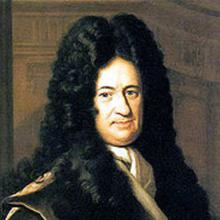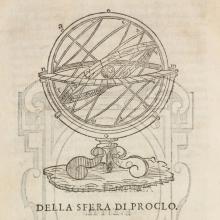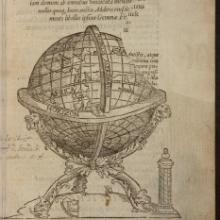The transmission of knowledge can be understood as taking place within an epistemic network in which the nodes (or vertices) constitute possessors or potential possessors of knowledge, such as individuals, groups of artisans, and scientific communities, and the links (or edges) constitute the routes that knowledge must travel to reach from one node to another. Epistemic networks are not random networks, but rather are characterized by a topology in which certain nodes—known as hubs—are especially important in that they are connected to many other nodes. Regarding the longevity of knowledge accumulation within such networks, it is their high interconnectivity that prevents knowledge growth from being limited by the ephemeral fortunes of local centers, as knowledge travels easily and is no longer dependent on a single center. Traveling is a way of preserving knowledge.
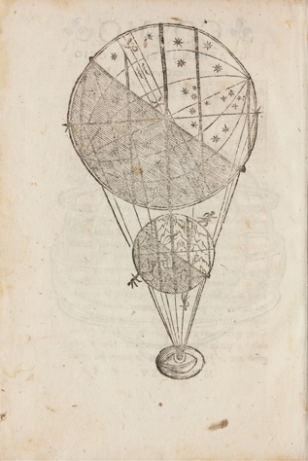
Petrus Apian, Cosmographiæ introdvctio: cum quibusdam geometriæ ac astronomiæ principiis ad eam rem necessarijs, Sessa, p. 6, Max Planck Institute for the History of Science.
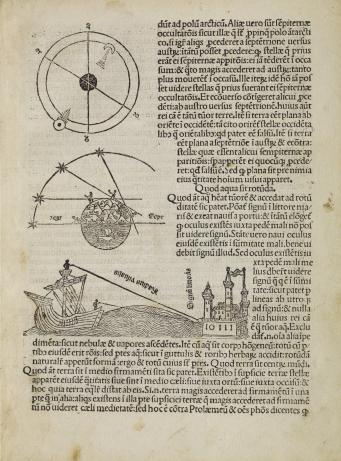
Johannes de Sacrobosco, Sphaerae mundi compendium soeliciter inchoat, Octavianus Scotus, Max Planck Institute for the History of Science, Library.
The creation and development of epistemic networks from the late Middle Ages to the early modern period has become a central concern of research in the Department, which focuses on two areas: the spread and transformation of astronomical knowledge, and the emergence of scientific institutions. Because the successful expansion of scientific knowledge within late medieval and early modern Europe created a model that was essentially followed by all later globalization processes of science, these two research areas are relevant to the contemporary narrative of the globalization of knowledge in history. The network of scientific knowledge that emerges from this research exhibited self-organizing behavior, as is evident from the fact that there was no central control of scientific practice, and yet scientific knowledge accumulated at an astonishing rate and traveled quickly among scholars throughout Europe. Positive network externalities fostered the inherent dynamics of spreading science, so that it became more useful as more people became engaged in it.

